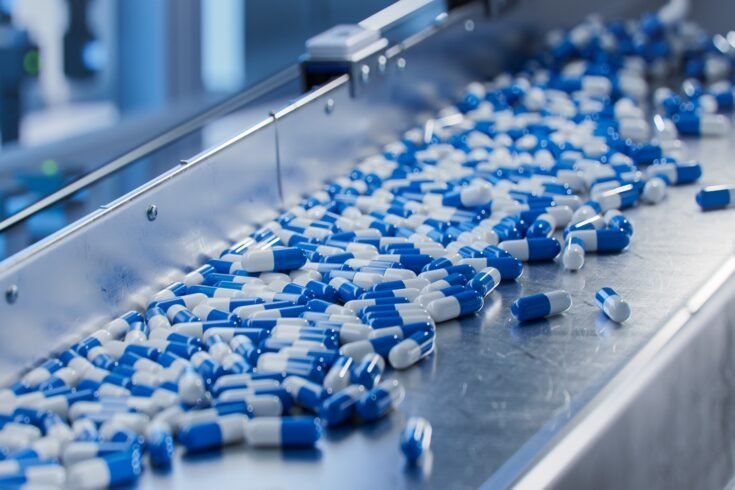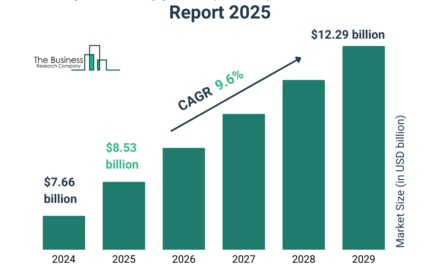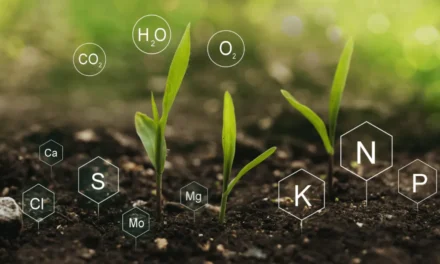Innovations in drug production are significantly reducing costs while improving efficiency, scalability, and sustainability. These advancements span manufacturing processes, raw material sourcing, technology integration, and supply chain optimization. Here are the key innovations driving cost reductions:
1. Process Intensification
- Continuous Manufacturing:
- Replaces traditional batch processes with continuous production, allowing for consistent output, reduced waste, and lower labor costs.
- Example: Janssen Pharmaceuticals adopted continuous manufacturing for its HIV drug Prezista, reducing production time and cost.
- Benefits:
- Lower capital and operating expenses.
- Enhanced scalability and flexibility in meeting market demand.
2. Advanced Process Technologies
- Green Chemistry:
- Reduces hazardous reagents and solvents, minimizing waste and energy consumption.
- Example: Biocatalytic processes for drug intermediates reduce energy-intensive steps.
- Microreactors:
- Enable precise control of chemical reactions, reducing material waste and improving yield.
- Flow Chemistry:
- Optimizes reaction efficiency and scalability, significantly cutting production costs.
3. Synthetic Biology
- Microbial Production:
- Engineering microbes to produce drug precursors and active pharmaceutical ingredients (APIs) more efficiently.
- Example: Artemisinin, an antimalarial drug, is now produced via engineered yeast, cutting reliance on plant extraction.
- Benefits:
- Reduced dependence on costly and variable natural resources.
- Shortened production cycles.
4. Single-Use Technologies
- Disposable Bioreactors:
- Replace traditional stainless-steel systems, reducing cleaning, sterilization, and validation costs.
- Example: Widely adopted in biologics production, particularly for monoclonal antibodies.
- Benefits:
- Lower upfront capital investment.
- Faster facility setup and reduced contamination risk.
5. Automation and Digitalization
- AI and Machine Learning:
- Optimize production processes, predict failures, and enhance decision-making, reducing downtime and waste.
- Example: AI-driven platforms identify optimal reaction conditions and reduce experimental costs.
- IoT and Smart Manufacturing:
- Sensors and connected systems monitor real-time production data, enabling predictive maintenance and process optimization.
- Benefits:
- Increased operational efficiency and reduced labor costs.
6. Raw Material Sourcing and Optimization
- Alternative Feedstocks:
- Using renewable or bio-based raw materials reduces costs associated with fossil-based inputs.
- Advanced Catalysis:
- High-performance catalysts improve reaction efficiency and reduce raw material consumption.
- Example: Precious metal-free catalysts in API synthesis reduce dependency on costly raw materials.
7. Modular and Flexible Facilities
- Modular Manufacturing Units:
- Facilities designed for scalability and relocation, reducing construction time and cost.
- Example: Portable modular units allow quick deployment for localized drug production.
- Flexible Production Lines:
- Adapt to different drugs with minimal reconfiguration, optimizing facility utilization.
8. Bioprocessing Innovations
- High-Density Cell Cultures:
- Increase yield in biologics production, reducing bioreactor space and associated costs.
- Perfusion Systems:
- Enable continuous harvesting of biologics, improving efficiency and reducing waste.
- Benefits:
- Higher productivity with lower operational costs.
9. 3D Printing
- Personalized Medicine:
- Produces patient-specific dosages, reducing drug wastage and inventory costs.
- Example: 3D-printed tablets like Spritam (for epilepsy) provide tailored drug release profiles.
- Benefits:
- Streamlined production and reduced storage requirements.
10. Outsourcing and Partnerships
- Contract Manufacturing Organizations (CMOs):
- Allow pharmaceutical companies to outsource production to specialized facilities, reducing capital investment.
- Collaborative R&D:
- Partnerships between academia, biotech firms, and pharmaceutical companies reduce the financial burden of drug discovery and development.
11. Recycling and Waste Reduction
- Waste-to-Value Technologies:
- Recover valuable intermediates or by-products from waste streams.
- Zero-Waste Manufacturing:
- Innovations in process design minimize waste generation.
- Example: Solvent recovery systems reduce costs and environmental impact.
12. Artificial Intelligence in Drug Discovery
- AI-Driven Molecule Design:
- Speeds up the identification of viable drug candidates, reducing R&D costs.
- Example: AI systems developed by companies like Insilico Medicine predict potential drug targets more efficiently.
- Benefits:
- It shortens time-to-market and reduces the financial risk of drug failure.
13. Regulatory Harmonization and Streamlining
- Standardized Approvals:
- Global regulatory alignment reduces redundant testing and documentation costs.
- Real-Time Monitoring:
- Regulatory bodies adopting digital submission processes (e.g., eCTD) enable faster approvals and cost savings.
14. Nanotechnology
- Enhanced Delivery Systems:
- Nanoformulations improve bioavailability and reduce dosage requirements, lowering material costs.
- Example: Liposomal delivery systems for cancer drugs reduce drug wastage and side effects.
15. Direct-to-Patient Distribution
- Efficient Logistics:
- Streamlined supply chains reduce warehousing, transportation, and distribution costs.
- Telemedicine Integration:
- Simplifies drug delivery for remote populations, reducing overhead expenses.
Conclusion
Innovations in drug production are transforming the pharmaceutical landscape by improving efficiency, scalability, and sustainability while reducing costs. Continuous manufacturing, automation, synthetic biology, and digital technologies are key drivers enabling cost-effective production. These advancements not only benefit manufacturers but also enhance accessibility and affordability for patients worldwide. As the industry continues to evolve, these innovations will play a critical role in ensuring a sustainable and efficient supply of medicines.
Hashtags
#PharmaInnovation #DrugManufacturing #CostEffectivePharma #PharmaProduction #AffordableMedicine #CostReduction #ManufacturingEfficiency #LowCostDrugs #EfficientPharma #CostSavingInnovation #TechInPharma #AutomationInPharma #SmartManufacturing #DigitalPharma #PharmaTech #GreenPharma #SustainablePharma #EcoFriendlyProduction #GreenDrugManufacturing #SustainableInnovation

















